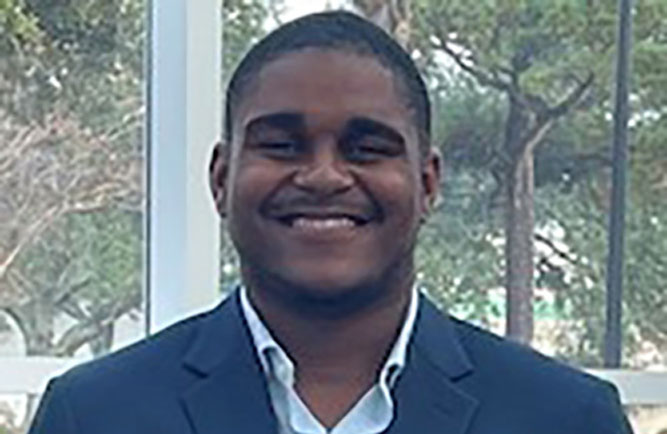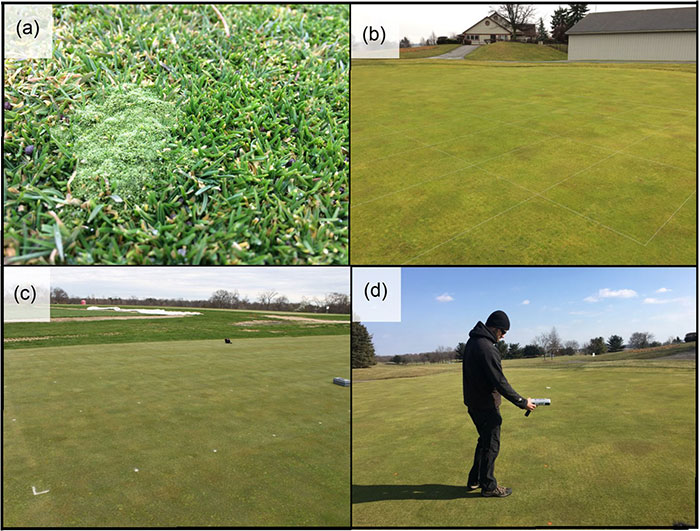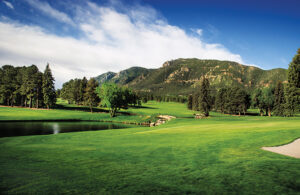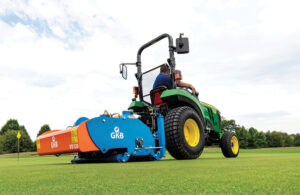Turf MD: A high honor for turf
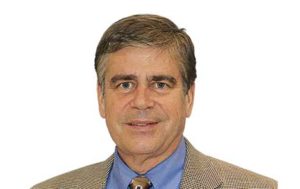
Photo: Karl Danneberger
Endowed chairs are both unique and rare within the world of academia. A professor who holds the chair has the potential to change the direction and progress of research in the discipline that the endowment is directed.
Across the country, only a few university endowed chairs exist in turfgrass science. The major reason is the significant cost associated with a chair that often requires millions of dollars. Given that, the recent announcement from East Lansing, Mich., of the Joe Vargas Chair in Plant Pathology is truly exciting. The Michigan Turfgrass Foundation made an initial gift of $1 million.
With the creation and funding of the endowed chair, Michigan State University will remain a leader in advancing and changing the direction of turfgrass pathology into perpetuity. The goal endowment for the Joe Vargas Chair is $5 million.
Cambridge connection
The most famous and probably the oldest chair in the world is the Lucasian Chair of Mathematics at Cambridge University (north of London, England). Henry Lucas bequest Cambridge University, “a yearly stipend and salary for a professor […] of mathematical sciences.” In 1663, because of the Henry Lucas bequest, the Lucasian Chair was founded.
As a point of interest, the oldest endowed chair in the United States is the Hollis Chair of Divinity, established in 1721 at Harvard University.
Since 1663, 19 professors have held the Lucasian Chair. Included in those 19 famous mathematicians and physicists are Isaac Newton, who interestingly was not the first holder of the chair but the second; the 15th holder, Paul Dirac, who described antimatter before it was detected; and Stephen Hawking, the most famous contemporary physicist of our time.
A high honor
An endowed chair is the highest honor a college or university can bestow on a faculty member. And as such, the pinnacle within academia to a professor can achieve. Stephen Hawking once stated in an interview he assumed he was in the Lucasian chair because he was expected not to live much longer, and his “work would not disgrace the standards expected of the Lucasian chair.” His statement reflects the honor and humbleness he viewed in holding Lucasian Chair. He also held the chair from 1979 until his retirement at 67 in 2009.
Not all endowed chairs attract the next Dirac, Hawking or Isaac Newton. However, whether the chair is in chemistry, medicine, physics or turfgrass science, the goal is the same. To attract and retain world-class faculty that lead the effort to make significant advancements and changes in study.
Funding the future
The creation of the Joe Vargas Chair in Plant Pathology, and chairs like the Ralph Geiger Chair in Turfgrass Science at Rutgers University, allow the professor who holds the position unique opportunities to research new ideas that may seem risky through traditional funding mechanisms. For students, both at the undergraduate or graduate level, it sets the direction for education and research by funding scholarships and stipends.
Donors who fund endowed chairs range from individuals to organizations to companies and combinations of the three. Reasons for donating often range from personal to an attachment to the program. Regarding the Ralph Geiger Chair in Turfgrass Science, Ralph Geiger was an avid golfer who wanted to support Rutgers’ turfgrass science program. In the case of Joe Vargas Chair, Michigan Turfgrass Foundation is leading the effort to sustain the legacy of Professor Joe Vargas.
I wish I could write that endowed chairs in turfgrass science are as common as dandelions in a home lawn. However, turfgrass endowed chairs are rare. They take a vision, hard work, time, donor(s) and luck.
In the future, creating endowed turfgrass chairs — beyond what we have now — will be a measure of the health and well-being of turfgrass research. All while meeting the challenges facing the industry in the future.
When we look back 50 or 100 years from now, we will find the most consequential agronomic issues for the golf course industry will be researched and shaped by future professors holding endowed chairs.









